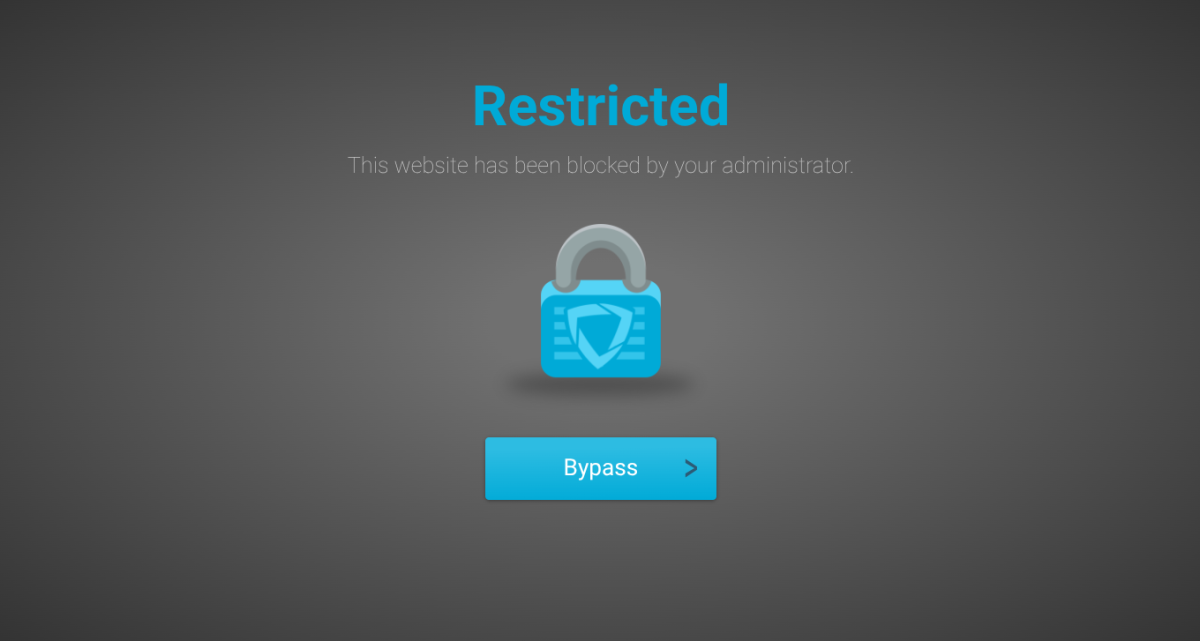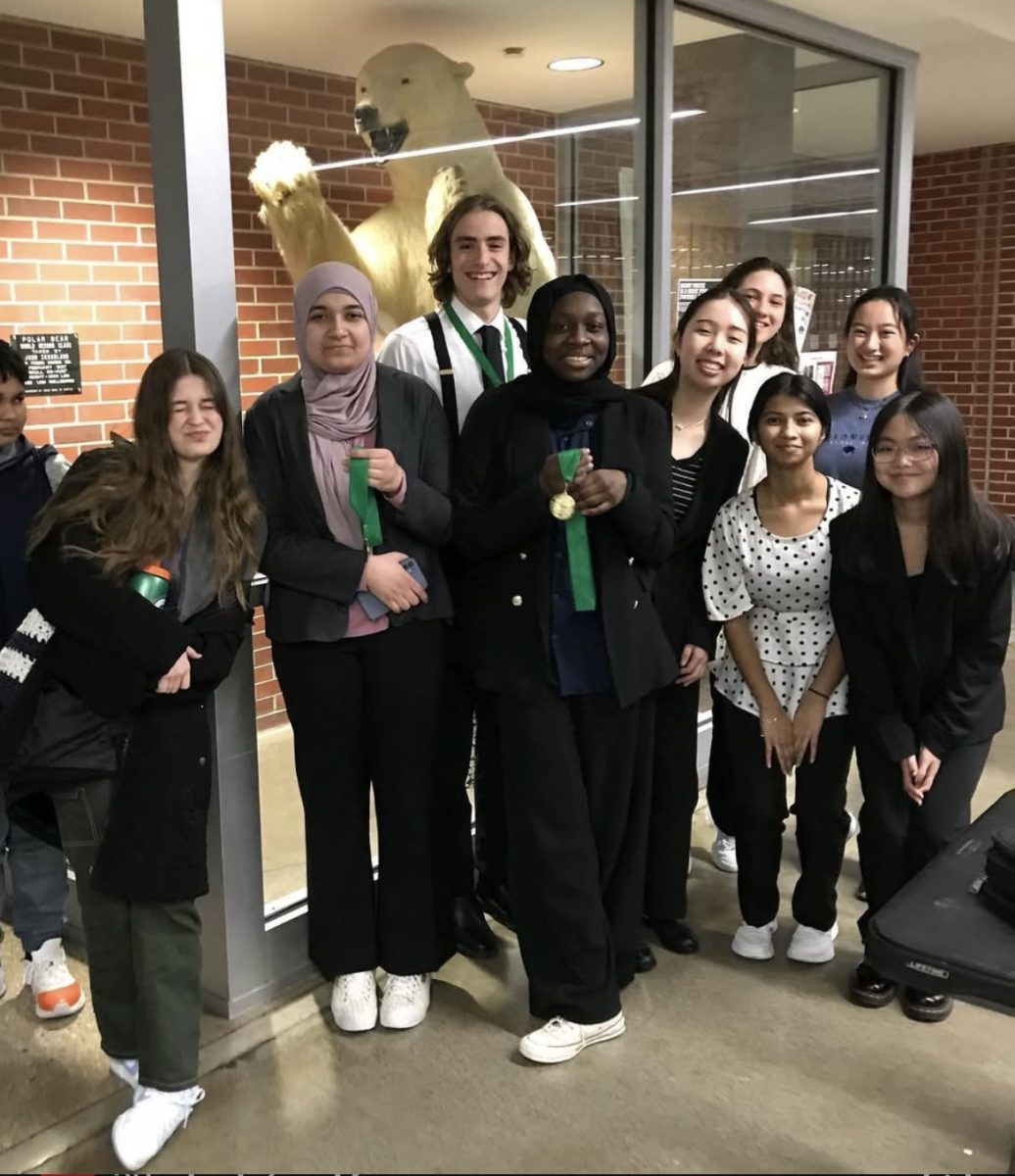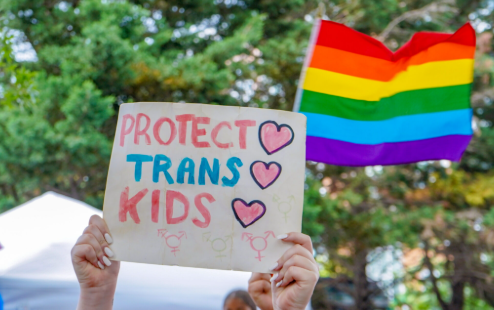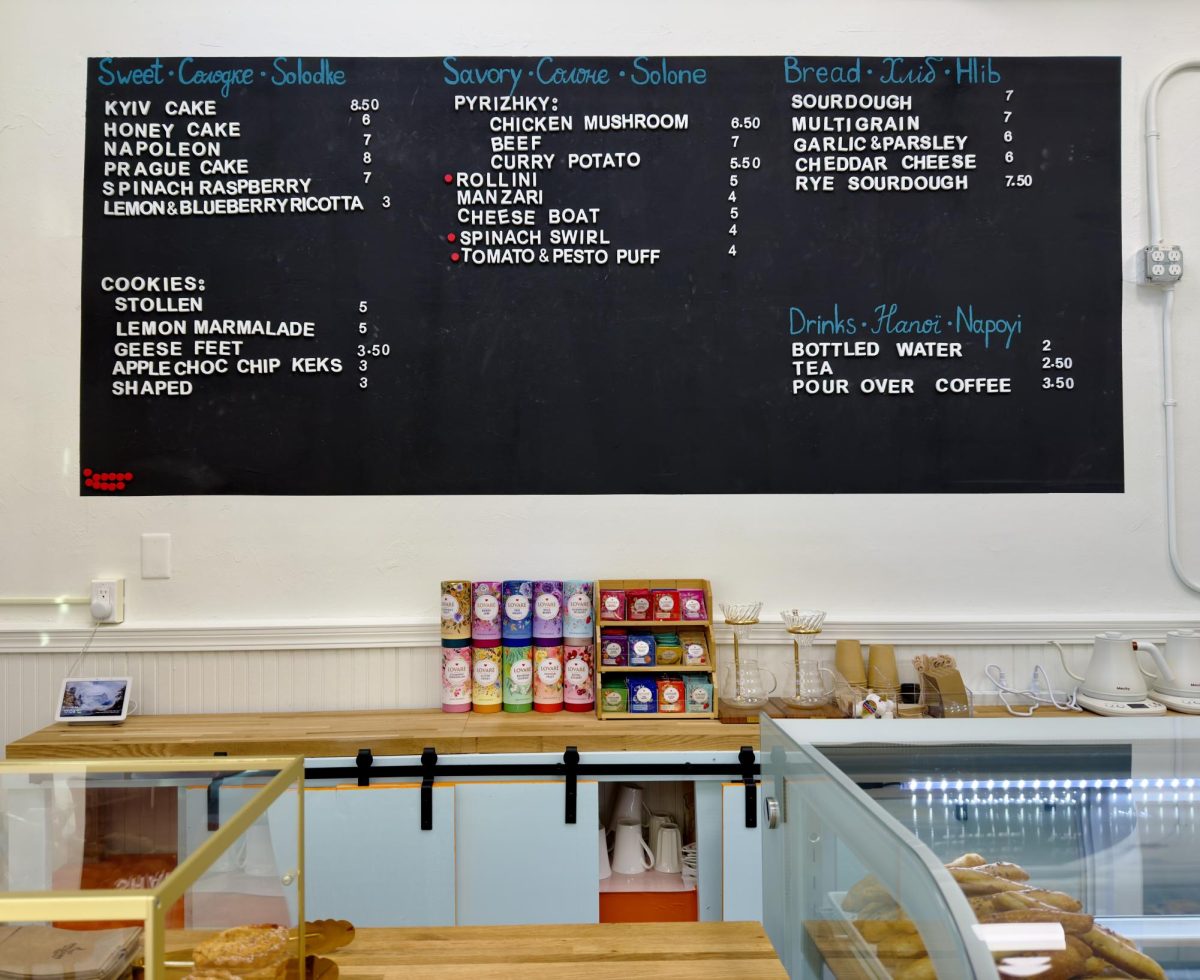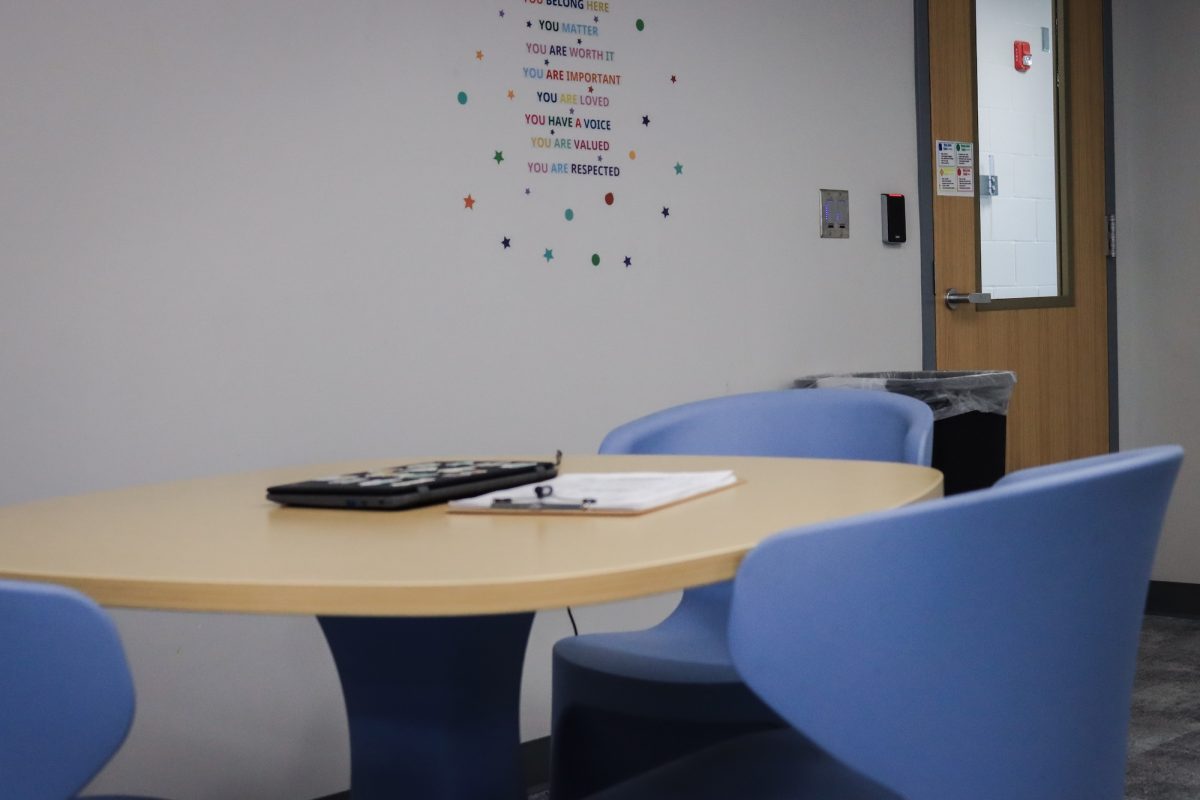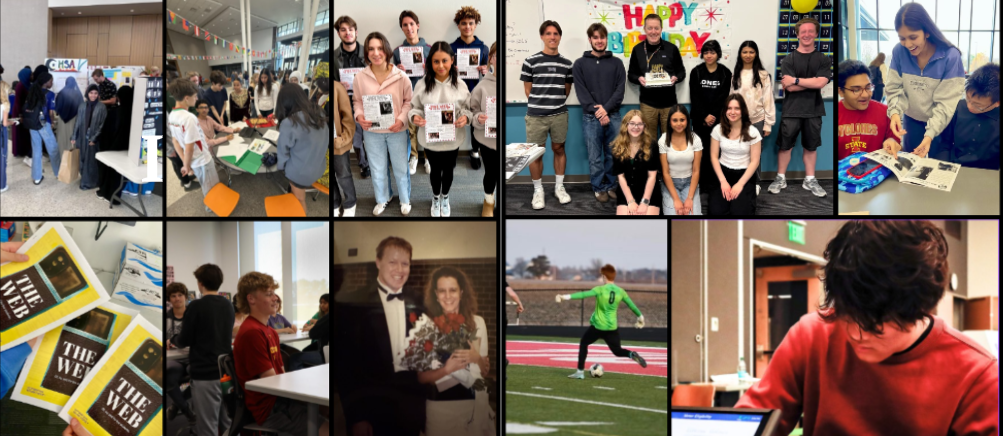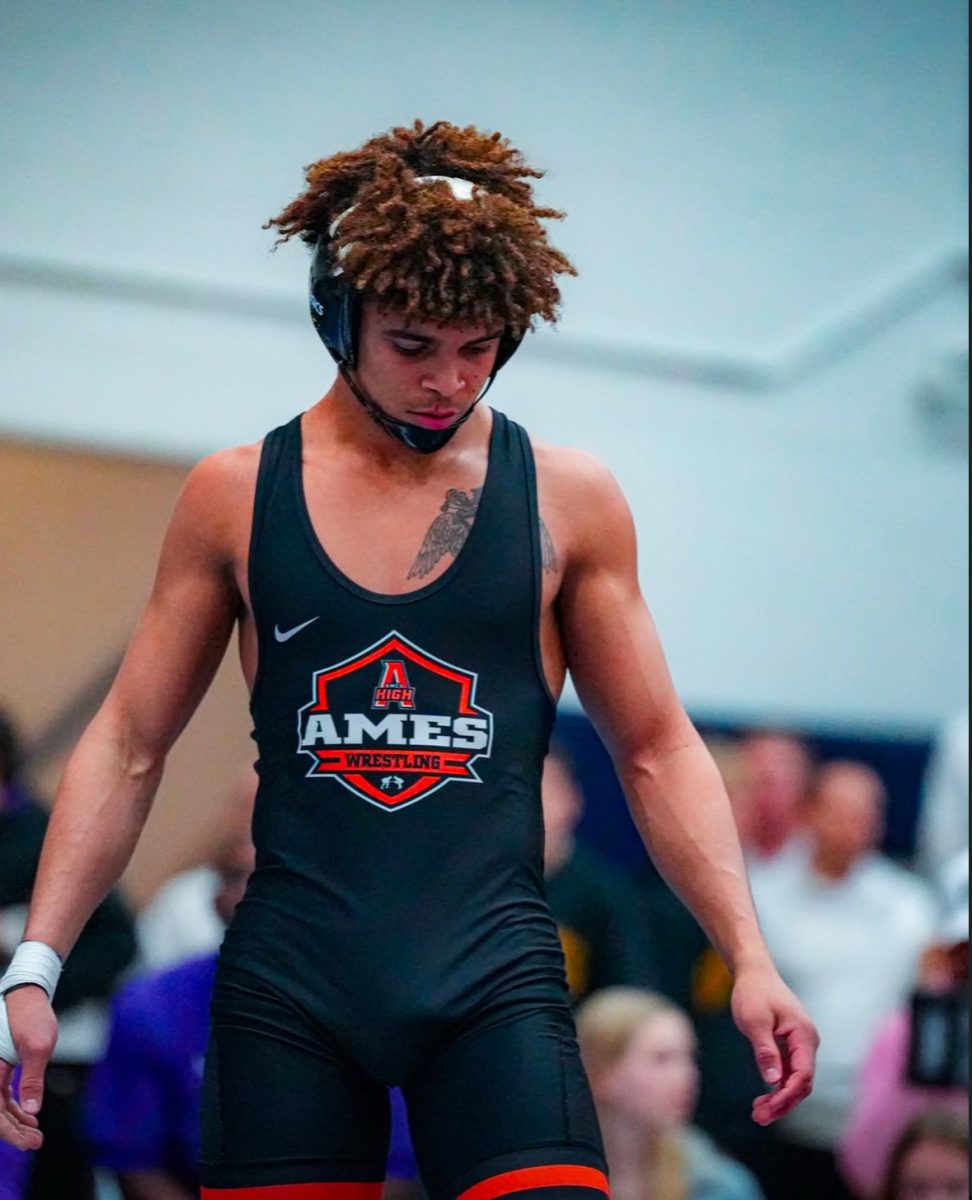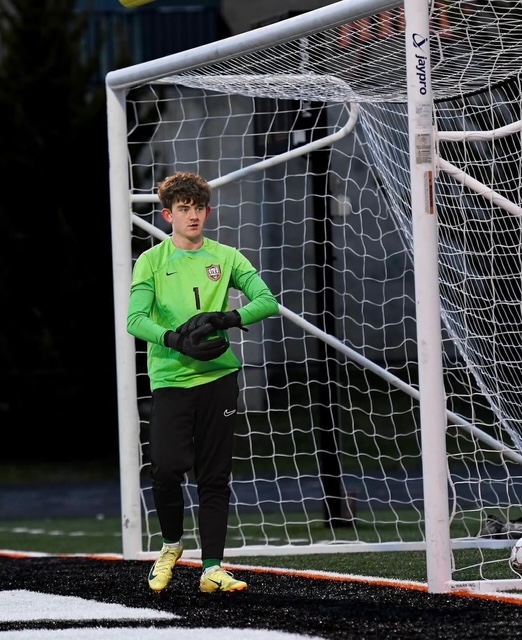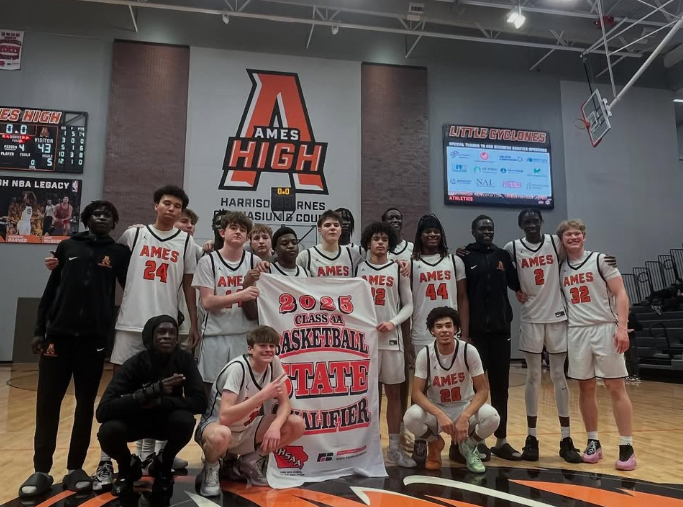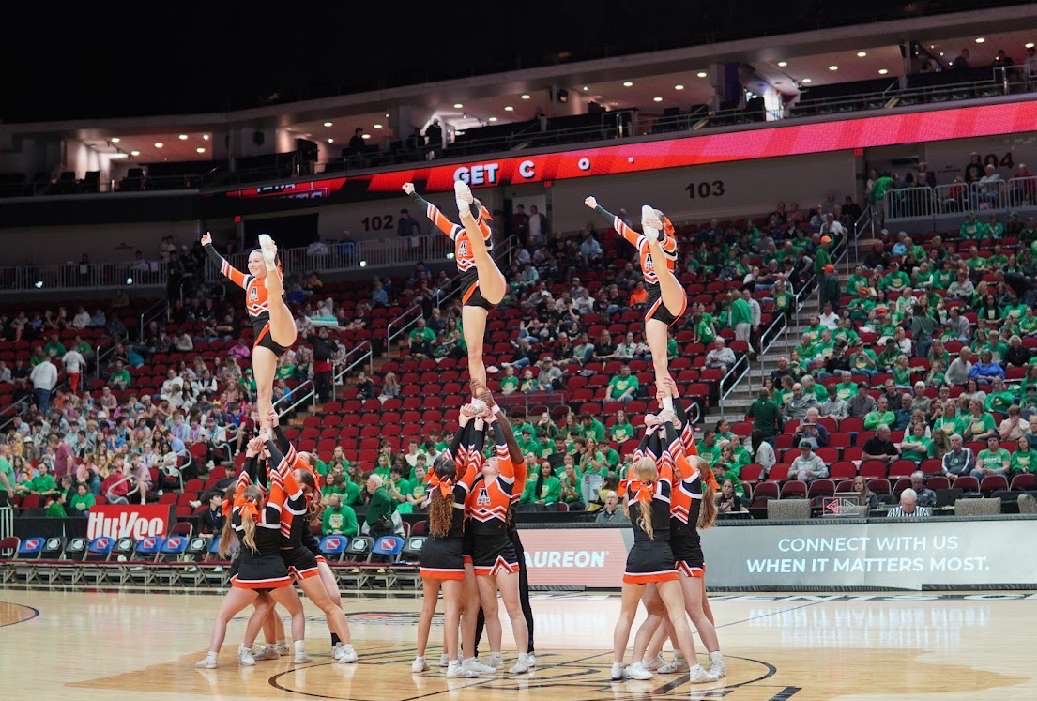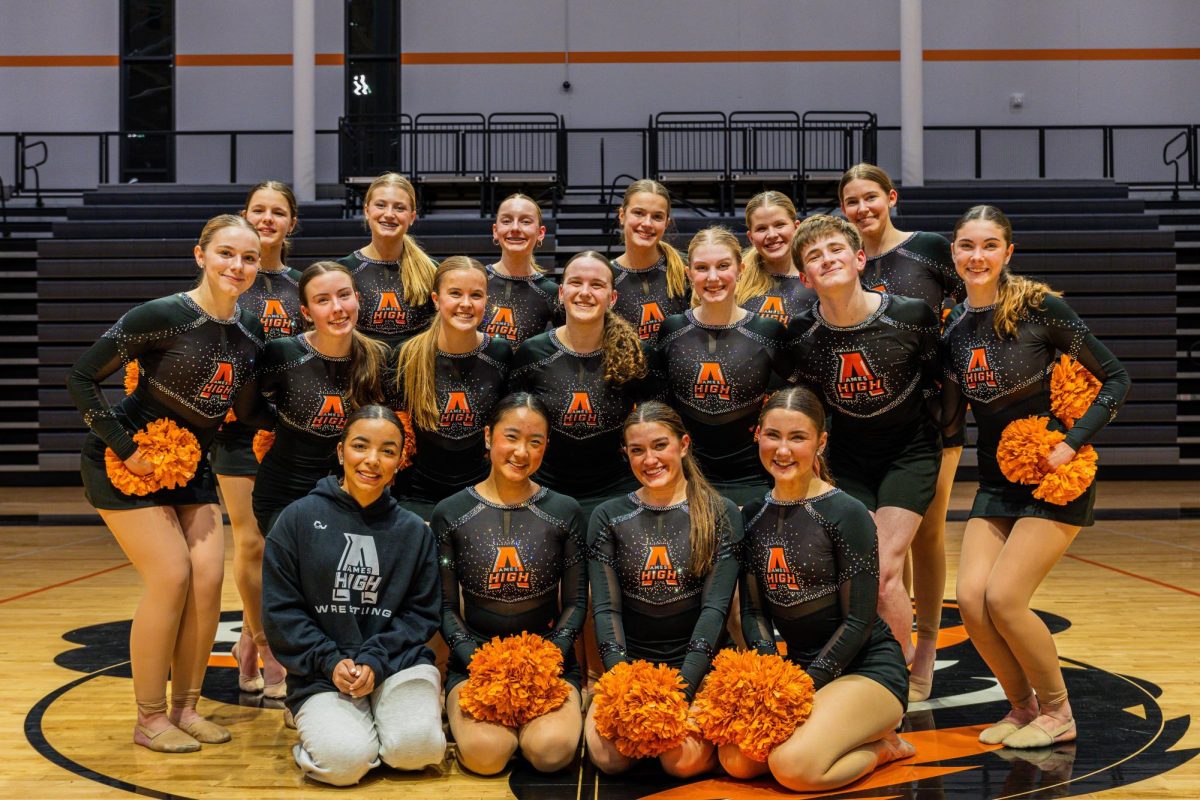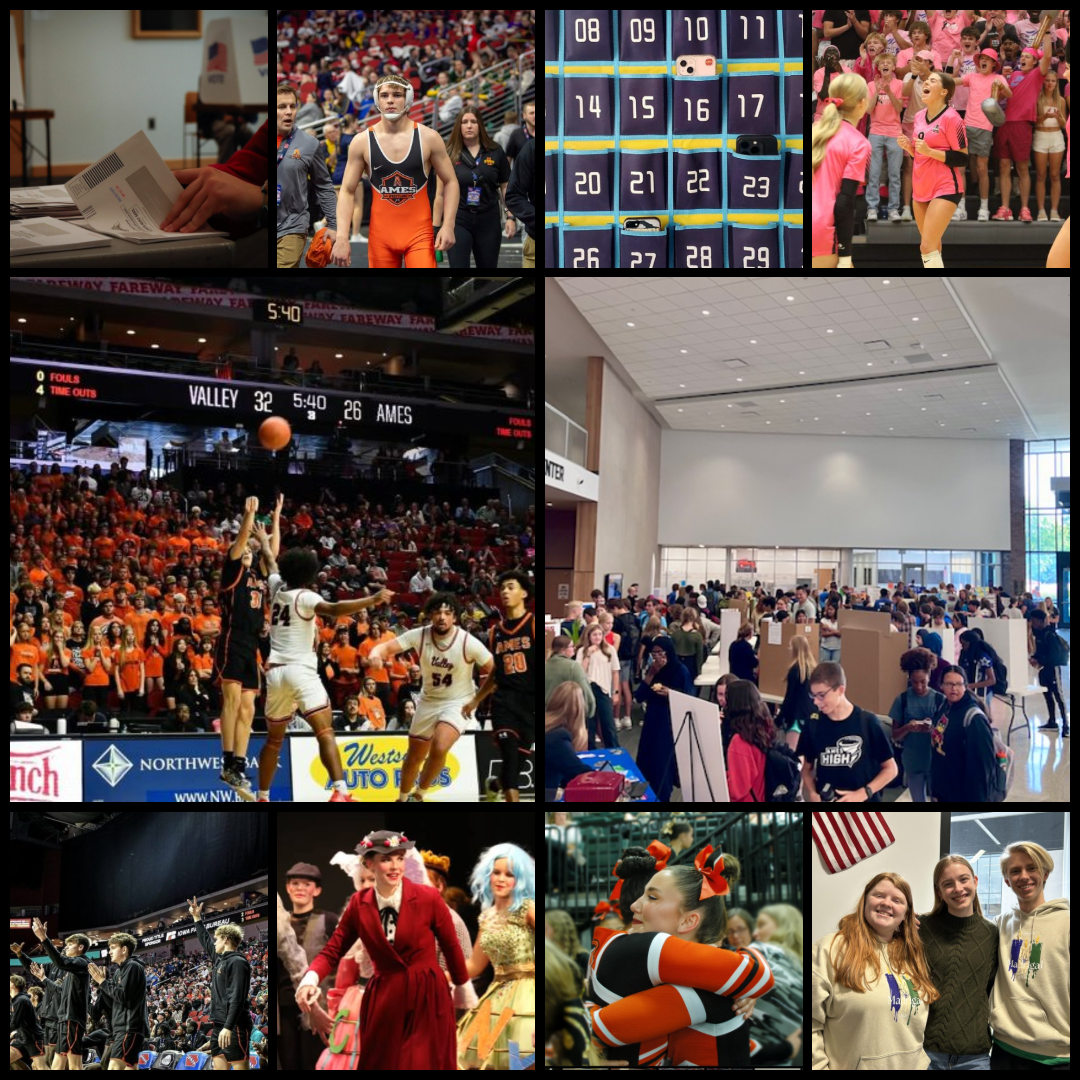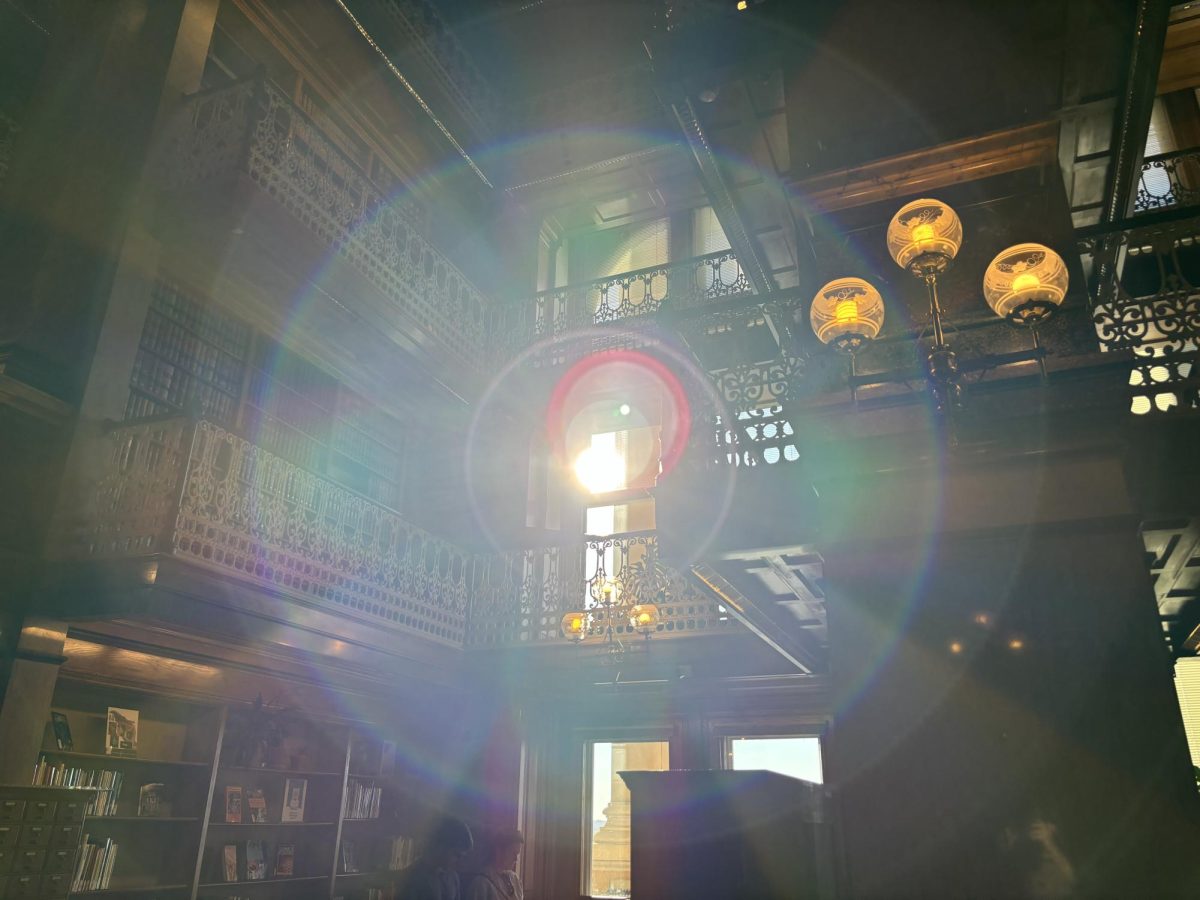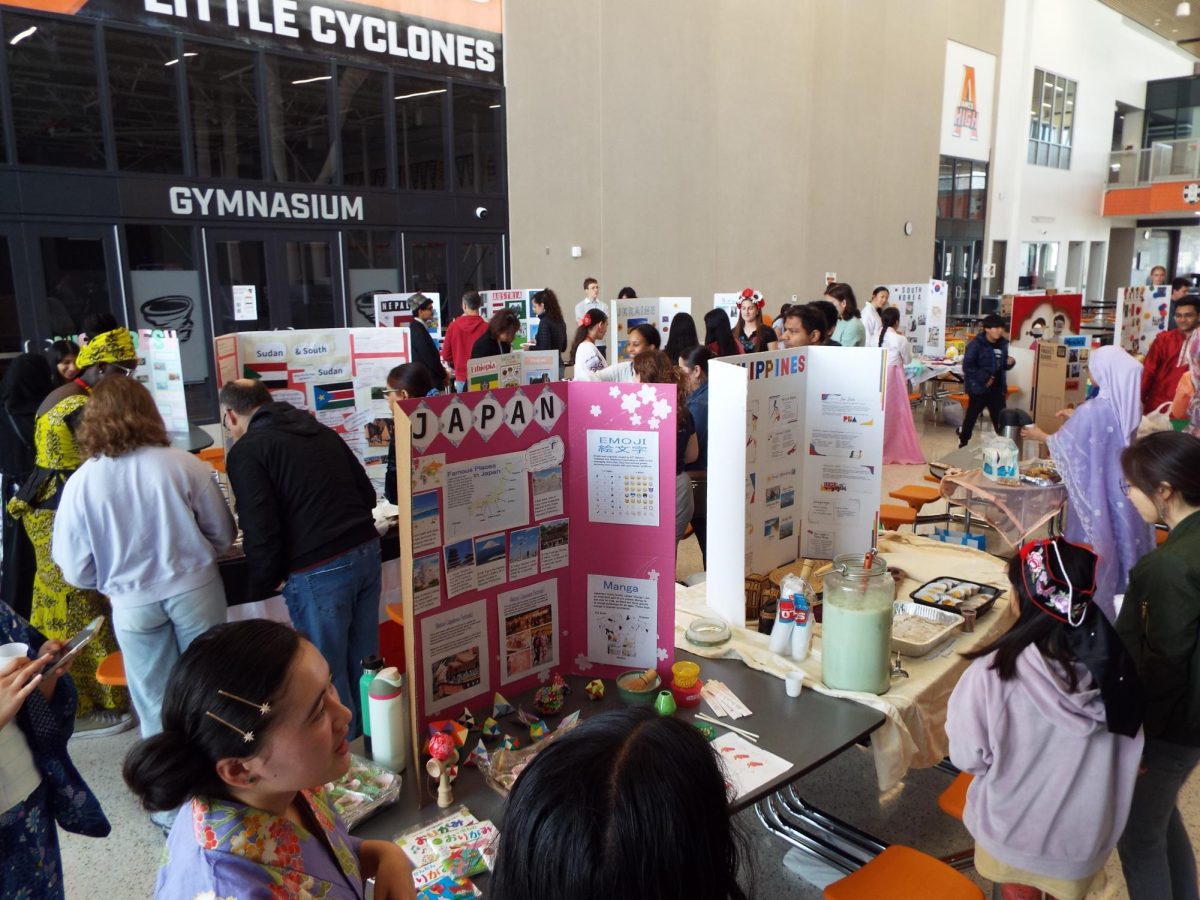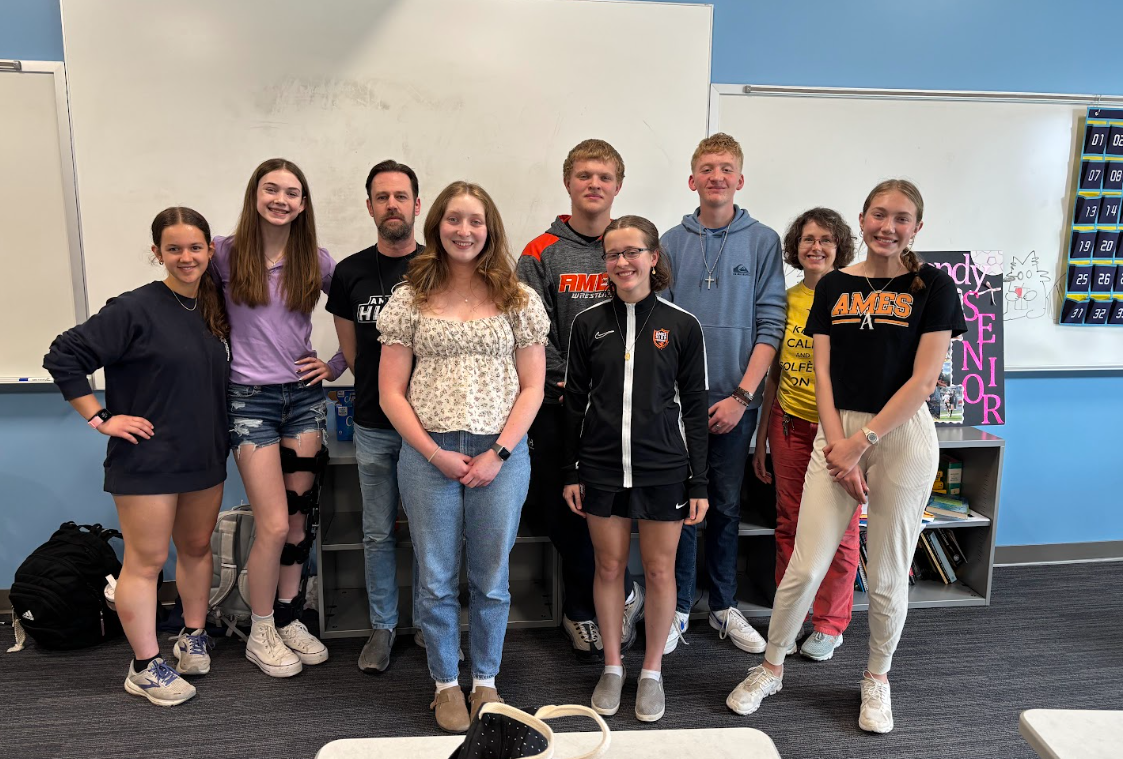For the 25-26 school year, Ames High joined other schools across the country in blocking AI on school devices. Students who had already integrated AI into their study routines suddenly found themselves staring at a vivid blue ‘restricted’ sign, left wondering why now?
“It’s like they just woke up one day and decided to block it. I don’t understand why it was fine for that long and now it’s not,” said senior Natasha Villa.
The block goes beyond just the website itself. A simple Google search containing the word ‘ChatGPT’ triggers the restriction filter, blocking access to articles, research papers, and reports before the page even becomes visible.
“At the beginning of the semester in my AP Lang class, before it was banned, we were told to use ChatGPT to write an article about AI,” said Mena Ismail, a senior.
The assignment was designed to teach students why AI over-dependence harms their writing and thinking. Now, the same lesson can’t be taught. If students can’t learn to critically think about AI in a controlled educational setting, they’ll simply use it with no guidance at all.
“There’s really no point in blocking it when students can easily use it on their phones. There’s a billion other AIs out there that they haven’t blocked, like Gemini, which is way more accessible,” Mia Gimenez Milla, a senior, said.
But the ban doesn’t affect all students equally. While there are students who can access phones and personal computers to work around this ban, students who rely solely on school technology are being cut off. The result is a system where resources determine who can access certain material.
“I don’t have a personal computer, so if I want to use ChatGPT, I have to use my phone, which I can’t do if I’m in the middle of class and don’t know what the teacher is talking about,” explained Villa.
Not all AI use is equal. Students recognize the difference between summarizing readings, checking grammar, and generating complete assignments.
“I used it to help grade my essays, but I don’t use it to write and just copy word for word,” Milla said.
The self-assessment approach is a primary example of when teachers cite AI use as a valuable resource. But the ban treats all AI use the same, making no distinction between proofreading and plagiarism.
“An answer key won’t explain the answer to you. You can use ChatGPT to understand why and how we get the answer, and learn the concepts you don’t know,” Ismail said.
By using AI to fill gaps in a student’s knowledge, it essentially becomes a private tutor available 24/7.
“No one has the time to sit and reread textbooks over and over. ChatGPT will explain the same concept five different ways until it clicks,” said senior Jewels Alharbi.
The ChatGPT ban at Ames High may stop some students from accessing one AI platform during school hours. But it hasn’t stopped AI use. It’s left students wondering whether blocking technology prepares them for a world where AI is everywhere.
“They’re focusing on teaching us by the standards of the past. They’re not preparing us for the future,” Ismail said.

